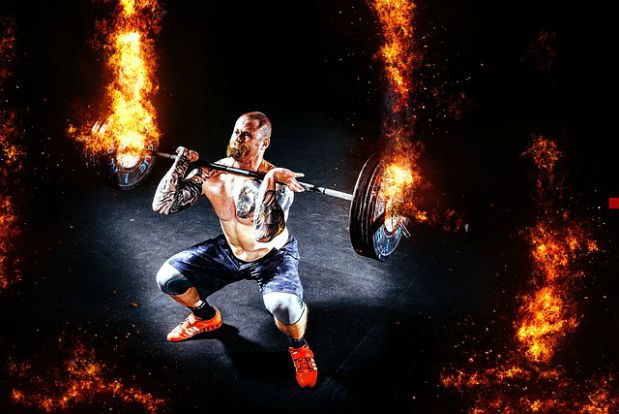The 10 Best Core Exercises
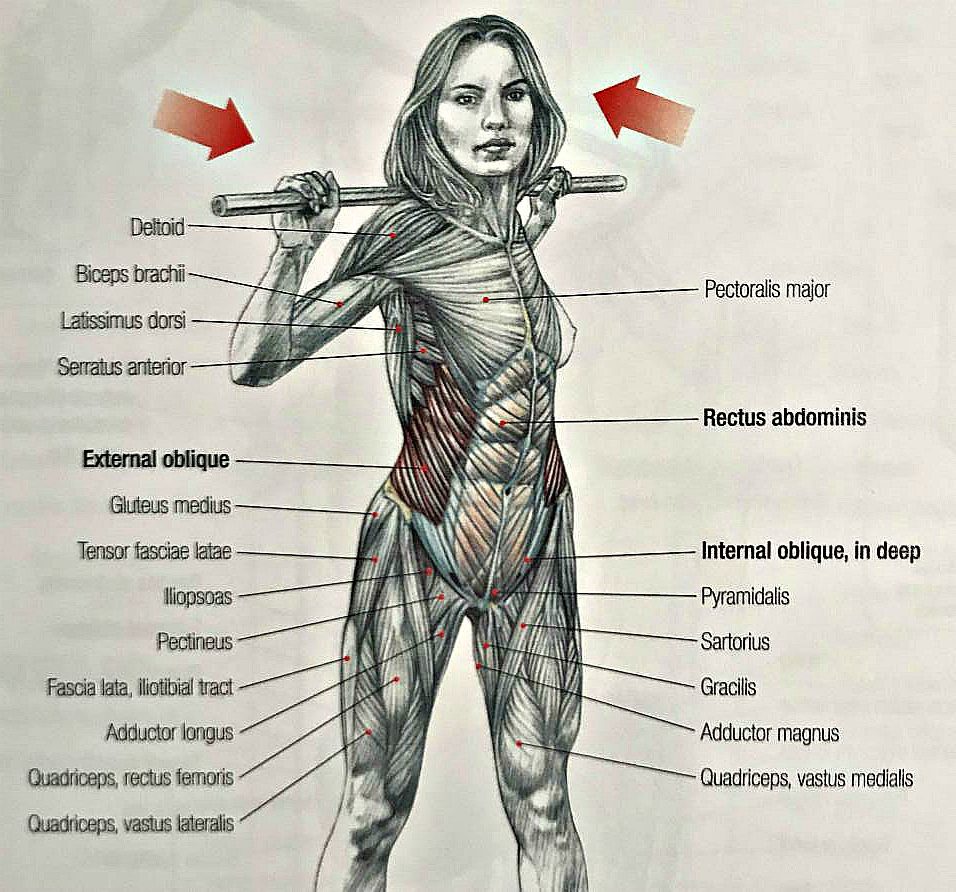
Delavier, F. (2010). Strength training anatomy Paris: Éditions Vigot
by Travis Wade
Core exercises were the first exercises I ever did intentionally. When I was a kid, I decided to start working out because I started liking girls. The only exercises I knew were the sit-up and the push-up.
I began with sit-ups on my bed, and I did a thousand sit-ups. I was sore! The next night I did it again (I really liked girls). I was sooo sore! The soreness isn’t why you shouldn’t do sit-ups, but you shouldn’t do sit-ups. I’ll explain why and show you the best core exercises crucial to your workout program.
A huge problem I have seen with people that do sit-ups is the very last vertebrae, and the sacrum will get an agonizing subluxation. The sacrum constantly gets pushed on until it pops out. Inasmuch, the sit-up works the rectus abdominis muscles, which is only one set of muscles of the core. I will show you safer core exercises to work these muscles and much more.
Core Strengthening Exercises
We need core workouts for a few main reasons; strength, core control, and stability. I’ll start with my favourite, which is strength. Core strengthening exercises will make you stronger in any movement. All strength originates from the core and goes out to the limbs. It is our foundation. Our body sits on top of the pelvis, and our feet dangle down from there.
When you contract the muscles of the core, you harden the area around your waist. The muscles clamp down on your mid-section, and your intra-abdominal pressure goes up. If you look at the strongest people in the world, they all have a core like a massive tree trunk. The following are guaranteed to be the best core strengthening exercises to maximize your crushing strength. For more tips on strength, see my article on strength.
The Best Core Exercises For Core Control

Core control is often overlooked, and something I work on with all my clients. It starts with learning the main muscles of the core and how to initiate each one. Typically muscles of the core fire autonomically as needed without conscious thought. We need to learn how to activate these muscles on-demand to gain ferocious athletic ability.
The Best Core Exercises For Core Stability
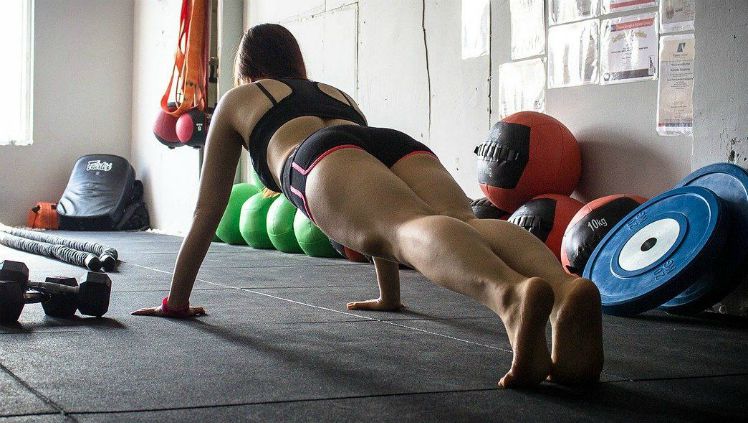
Core muscles are mainly slow-twitch muscle fibres meaning they have a lot of mitochondria. They can be incredibly strong, but they need to be used all day for stability. The core muscles hold our bodies up, and if they are weak, the body will buckle, and an injury will occur. Almost all my new clients will have weak core muscles. The good news is they are the fastest healing muscles in the body.
Intra-Abdominal Pressure
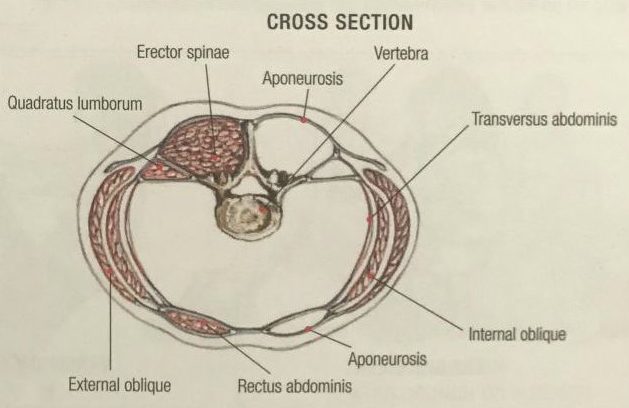
Delavier, F. (2010). Strength training anatomy Paris: Éditions Vigot
Intra-abdominal pressure is where injury prevention starts and where all strength originates. The diaphragm is on top, the pelvic floor on the bottom, the obliques are on the sides, the rectus abdominis is in the front, the quadratus lumborum is in the back, and the transversus abdominis goes all the way around the midsection like a girdle. If I was to throw a ball at your stomach and you braced with your core, these are the muscles that would contract to protect you.
Any time you push, pull, or use your legs, the first thing you do is increase the abdominal pressure. Pretend like you are blowing up a balloon that starts in your abdomen and blows up out to the limbs you are using. That’s where all strength originates. On a side note, you are your strongest when you are holding your breath because you can contract your core muscles the hardest when you’re holding your breath.
The Best Core Exercises For the Diaphragm
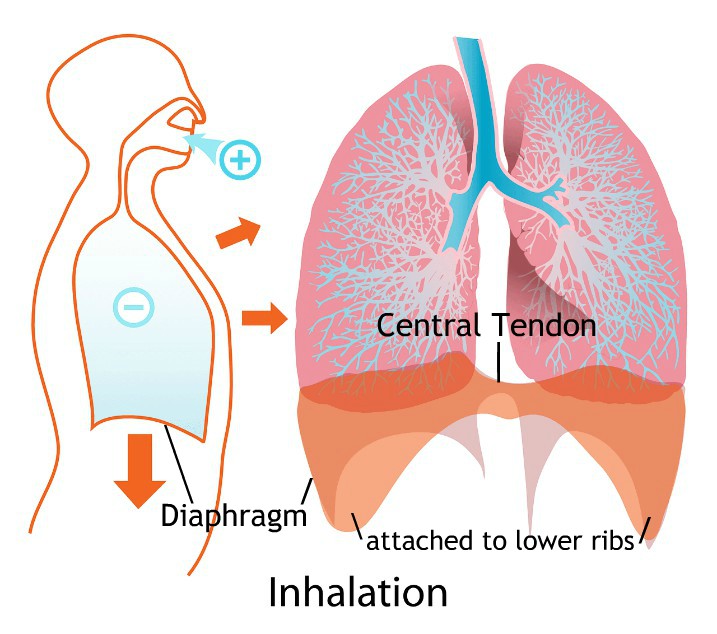
Increasing the strength of the diaphragm will increase your overall core strength, which reflects on the strength of every movement you do. To learn awareness and control, you need to start with contracting the muscles in a stationary positioning, then with movement. For the first progression of the diaphragm, we can practice diaphragmatic breathing technique.
The diaphragm has tendon-like tissue centred on top called the central tendon. The muscles of the diaphragm are attached to the central tendon and the lower ribs. When the muscles contract, they draw the central tendon down like an elevator. When you relax, the central tendon moves back up, expelling the air out of the lungs. Pulling the central tendon down will push on the organs in the abdomen. You’ll see the tummy rise and fall with each breath.
1. Diaphragmatic Breathing Technique
Lay comfortably supine on the ground or in bed with the knees bent and propped up with a pillow. Put one hand on your chest and one hand on your stomach. The hand on your chest should remain as still as possible through the exercise. The one on your stomach should rise and fall with each breath. Inhale through your nose, then clench your stomach muscles and exhale through your mouth with pursed lips. After doing this exercise once, you will feel the muscles that get worked, and it will be easy peasy to do this core exercise anywhere at any time.
2. Sandbag Breathing
The next progression is called sandbag breathing, and it is often used in yoga. If you increase your diaphragm’s ability to do the breathing, it will be more autonomic and reduce the load on the nervous system.
Lay supine for this one as well and get comfortable. Focus on relaxed breathing and feel the rise and fall of your abdomen. Then place a sandbag on your belly and breath the same way. Relaxed diaphragmatic breathing. If you don’t have a sandbag, just use a pillow with some weight on it. You can increase the weight as you see fit.
Do these core exercises for about five to ten minutes at a time.
The Best Core Exercises For the Rectus Abdominis
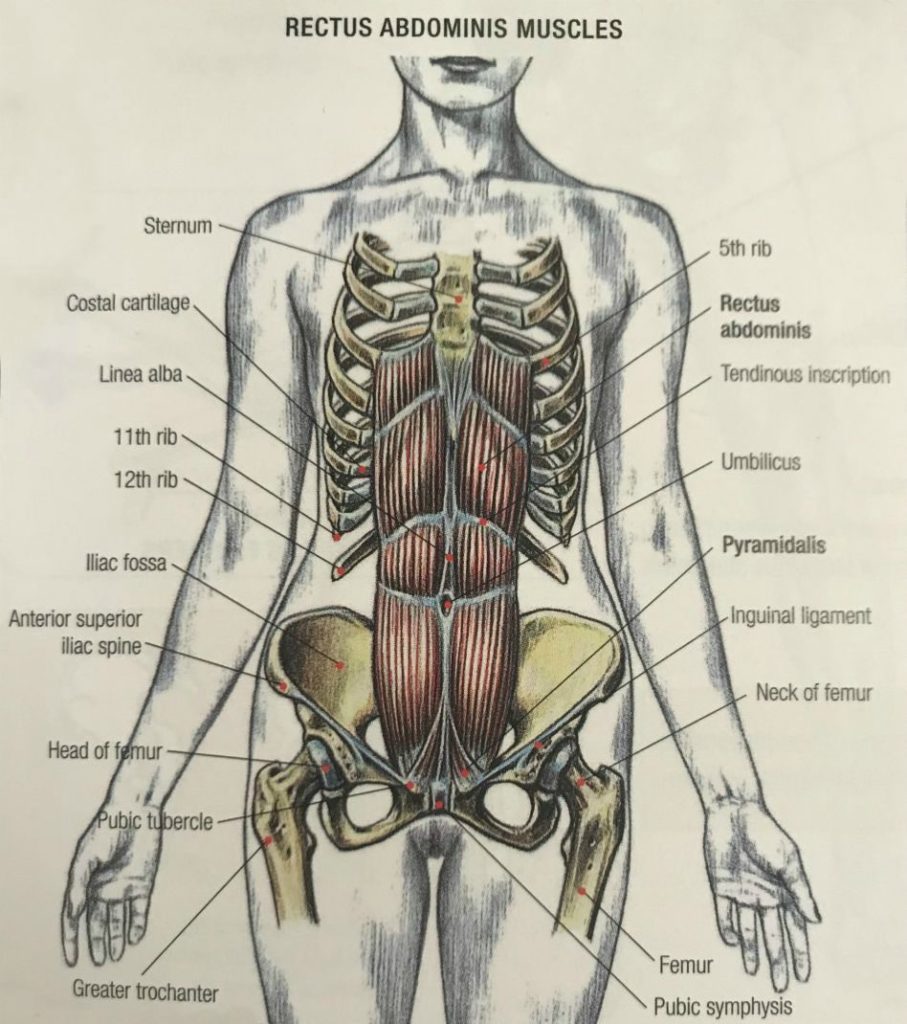
Delavier, F. (2010). Strength training anatomy Paris: Éditions Vigot
The rectus abdominis muscles are the most superficial muscles of the abdomen and the ones that give us the six-pack. People think that if they spend their nights doing a thousand sit-ups a night, they will get a spectacular six-pack. There are ways to get a six-pack, but that isn’t one. However, improving the rectus abdominis will help with being able to increase your intra-abdominal pressure.
3. Head and Chest Lift
For the first exercise, lay supine on the floor and bend one knee up. Put your hands behind your lower back to maintain the natural curvature of the spine. Pretend that there is a scale under your head and shoulders and lift your head and shoulders so the scale will read zero. Keep the crown in line with the rest of the torso. Don’t bend your head up; keep your chin away from your chest. Hold that position for a few seconds, then give yourself a slight break and repeat.
4. Plank
Another one I like is doing a plank circuit. First, you have to learn to hold a plank in a proper plank position. Number one don’t let your lower back sag or the pressure will come off your muscles and onto your spine. You will get a sore back, and it wrecks your spine. Also, don’t pike your hips up in the air. It’s hard to do, but with practice, you will be able to keep your body perfectly straight.
5. Plank Circuit
The next progression is adding movement. I like adding movement because our bodies are dynamic. You don’t want to be strong in just one position; you want to be strong while you move. Add whatever movements you see fit, but here in the video below, are the ones I use regularly.
Obliques Exercises
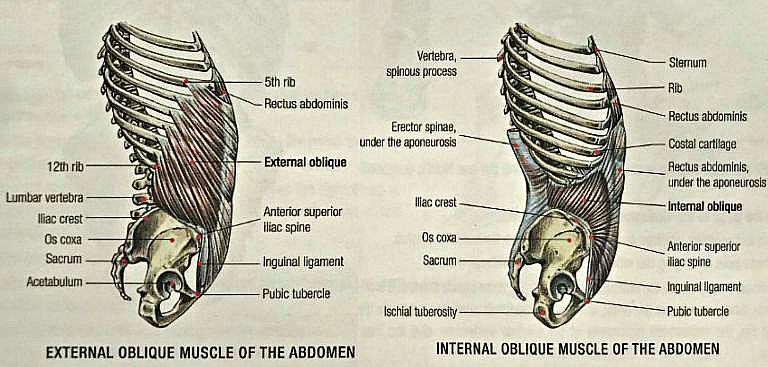
Delavier, F. (2010). Strength training anatomy Paris: Éditions Vigot
The obliques run diagonally on the abdomen’s sides and give us the twisting motions at the waist. They work with the quadratus lumborum to provide us with stability, balance, and movement. We have inner and outer obliques, as shown in the diagram above.
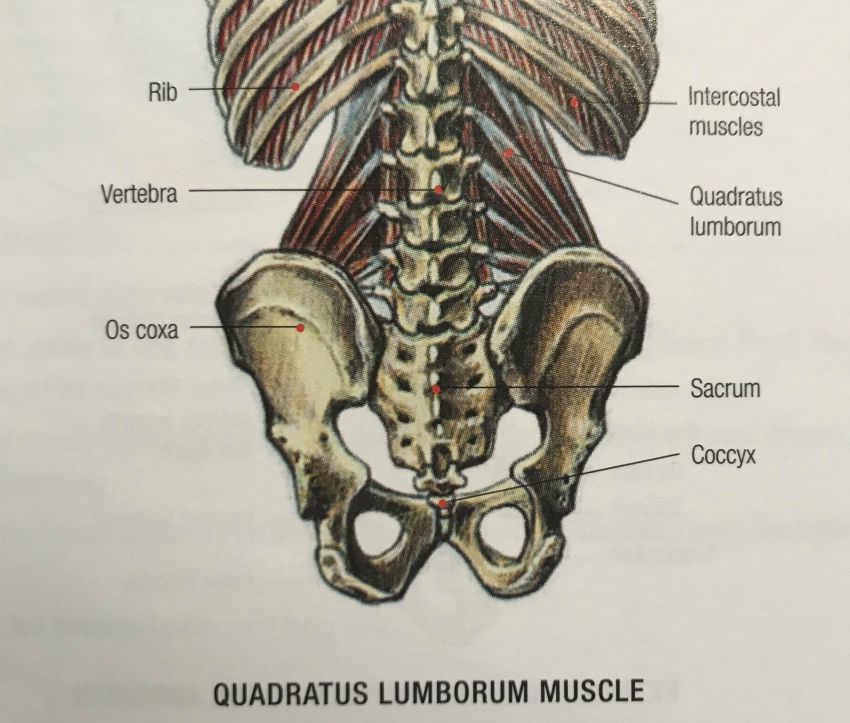
Delavier, F. (2010). Strength training anatomy Paris: Éditions Vigot
6. Anti-Rotation
Anti-rotation is a simple movement, but very useful. You can use a cable at chest height or a resistance band. Stand perpendicular to the pully or resistance band with feet slightly wider than hip-distance apart. Lower your centre of gravity by bending at the knees and hips. Stabilize with your core, and don’t stick your butt out for any core exercises. Tighten the abs instead of having them stretched out. If they are stretched out, you can’t use them very well.
Hold the band with both hands to your chest then extend your arms straight out in front of you. Don’t lock your elbows but reach all the way then come back to the starting position. Do the movement as slowly as possible. Focus on keeping your body symmetrical through the action and keeping your butt low.
7. Side Plank
After you exercise the obliques while they don’t move, then it’s time to add some movement. The side plank with movement is excellent for the obliques, glutes, and quadratus lumborum. Start by laying on your side and get up onto your elbow. Bend your knees at ninety degrees. Lift your hips as high as you can off the ground and lift your top leg as high as you can. It’s best to start with just holding the side plank position and then add movement once you perfect it without movement.
With this core exercise, the difficult part is keeping the core engaged, so you don’t twist or stick your butt out. Fire up the abdominal muscles and keep the lower back flat. Do the exercise slow and controlled to make sure you don’t twist or fall out of alignment then come halfway back down. Your hip shouldn’t be touching the ground, and your legs shouldn’t be together. Repeat the exercise on both sides.
The Pelvic Floor
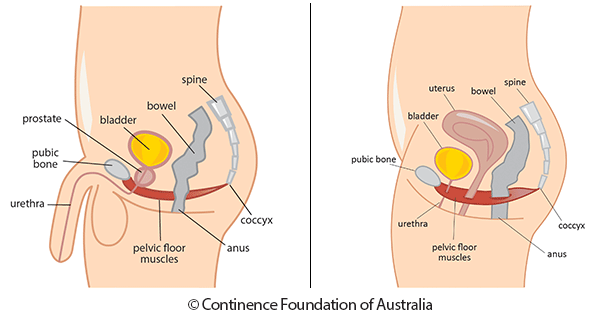
From: https://www.continence.org.au/pages/how-do-pelvic-floor-muscles-help.html
The pelvic floor muscles go from the tip of the tailbone to the pubic bone. It’s like a hammock holding the organs up. In men, we can squeeze our pelvic floor, closing off the anus and urethra. Women can tighten their pelvic floor, squeezing off the anus, uterus, and urethra.
8. Kegel Exercises
You can do kegel exercises to strengthen the pelvic floor. To do kegel exercises, focus on squeezing your orifices shut as hard as you can and do it repeatedly.
If you are doing kegel exercises to prevent incontinence, then repetition is a must. The nervous system drives muscle tone, and repetition will increase your muscle tone to avoid incontinence. Do a set of ten every time you sit down.
These exercises will work the pelvic floor if they are done correctly. It is essential to know these muscles exist and to know how to get them to fire at will. (No demonstration for this one)
How To Work the Transversus Abdominis
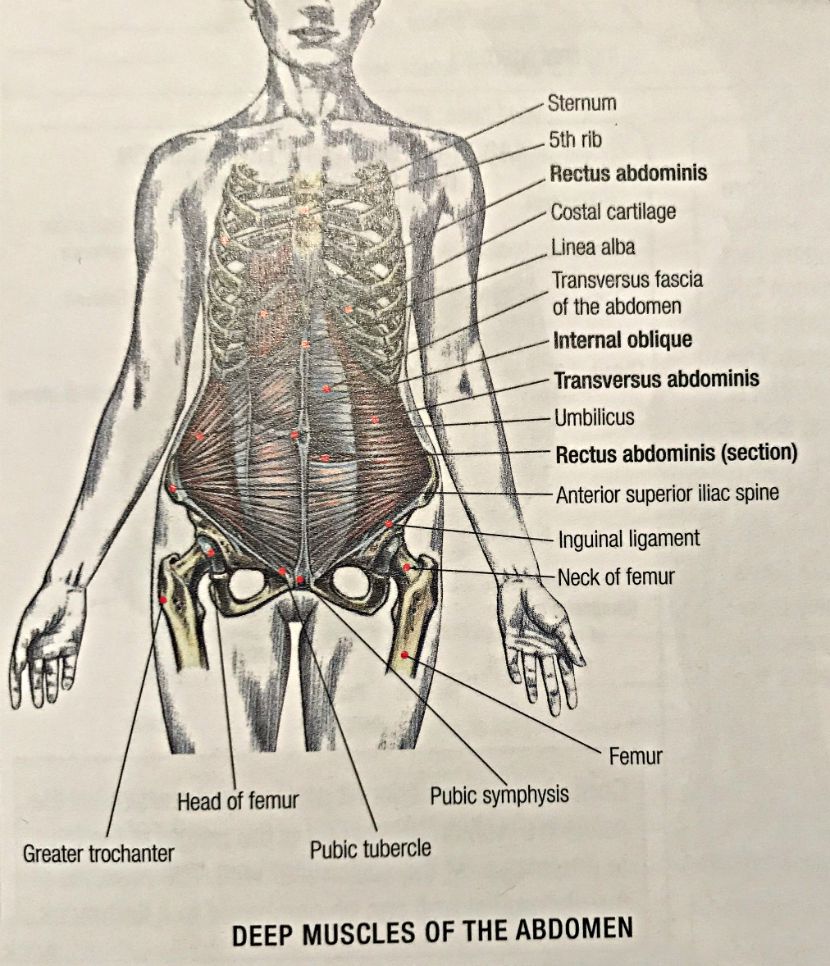
Delavier, F. (2010). Strength training anatomy Paris: Éditions Vigot
The transversus abdominis is a crucial muscle that gets overlooked way too often. The transversus abdominis is a girdle around our midsection that squeezes in to make us as solid as a tree trunk. Muscle tone in this area gives us a knockout figure as well. The muscle part of the transversus abdominis is located mostly on the sides where our obliques are.
The layers on the sides of our mid-sections are the external obliques, internal obliques, and the transversus abdominis. The midline of the transversus abdominis is the rectus abdominis sheath, which attaches to the linea alba. The linea alba is tendon-like tissue that runs from the sternum to the pubis along the body’s midline.
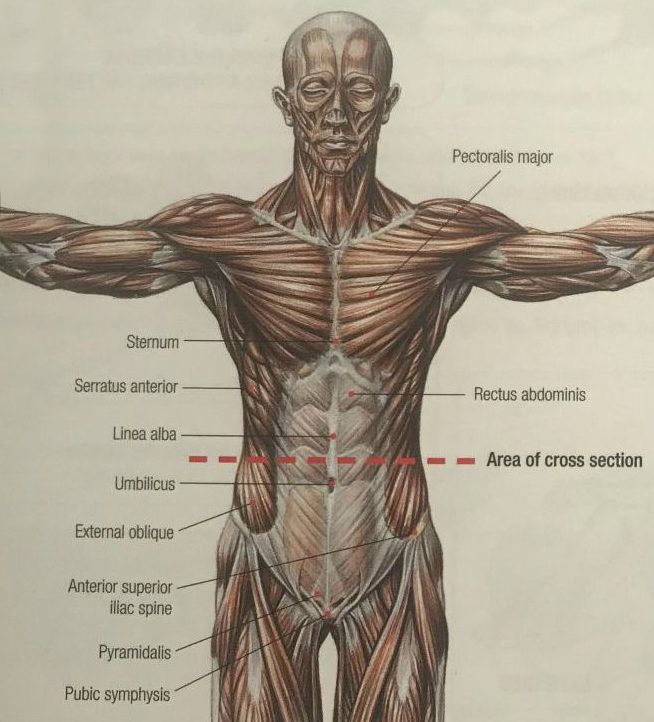

Delavier, F. (2010). Strength training anatomy Paris: Éditions Vigot
The top of the transversus abdominis originates along the inner aspect of the ribs near the sternum. The origins go all the way down to the twelfth rib. Below that, the origins of the transversus abdominis are at the lower and mid back’s facial tissue. The origins of the lower part of the transversus abdominis are at the pelvic bone and inguinal ligament.
This lower part of the transversus abdominis is superficial to the rectus abdominis. Above the belly button, the transversus abdominis goes behind the rectus abdominis. There is a pocket just below the belly button level where the rectus abdominis tucks in on each side to go deep to the transversus abdominis.
9. Deadbug
To exercise the transversus abdominis, I like to use the deadbug. There are many adaptations of the deadbug, but again we will start with the stationary variation. Lay supine on the floor with the hands perpendicular to the floor straight up from the shoulders. Bend the hip and knee joints at ninety degrees. We call this ninety-ninety. You look like you are on your hands and knees but up-side-down. From there, push your lower back into the floor as hard as you can, suck in your gut, then breathe everything out of our lungs as hard as you can. Breath out harder!
10. Deadbug With Movement
When you add movement to the deadbug, it will require coordination. You will need to fire the right core muscles at the correct times. It takes reasonable core control to get this right. You will start in the same position as the deadbug and push down with your lower back into the floor as hard as you can. Then straighten the opposite hand from the opposite leg. Breathe everything from your lungs, bearing down with your abs as hard as you can. Breath out harder! Then return to the starting position and do the other hand and the other leg.
This exercise works all of the abdominal muscles at maximum strength if you give it everything you got. It will work your stability, maximum strength, and core control. I use deadbug variations with all of my clients.
All of the muscles I talked about, contribute to intra-abdominal pressure, stability, core control, and overall strength of the body. I know your gym teacher probably told you to do sit-ups; mine did, but science tells us there are safer, more effective core exercises. My thousand-sit-ups-a-night didn’t last long, and I didn’t get girls. My abs are stronger than ever and I still don’t. Be the best you can be by doing what the best do. Breathe, brace, and be badass!
I wish you lots of health, love and happiness!
Travis Wade
The only holistic personal trainer in Edmonton.
Want To Get Started On A New Lifstyle Right Away?
Or
Would You Like A Plan To Achieve Your Fitness Goals?
Sign Up For Online Personal Training!

